- Solutions
Healthcare
- Resources
Provider & Physician Group Analytics
How do you manage the performance of integrated hospitals and physician practices? Simply. Clearly. Every morning.
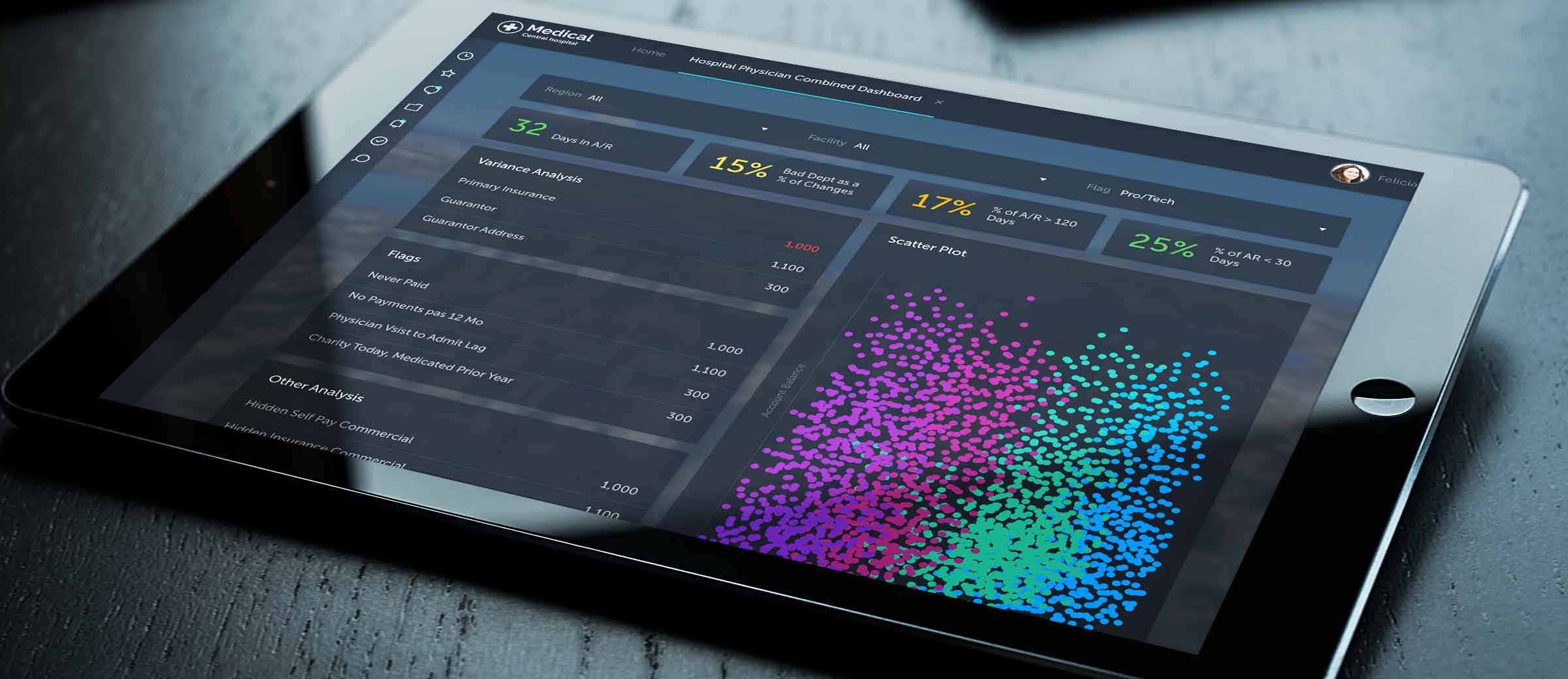
For a number of reasons, more and more hospital groups are enhancing their services by acquiring physician practices, both inside and outside their traditional areas. But along with the opportunity to provide more services to more people, there are major challenges. Especially when it comes to integrating the multiple sets of disparate data used by the different groups.
Fortunately, integrating Big Data from multiple incompatible sources is one of the things we do best. So we have created an analytics solution that gets every physician and care provider on the same page. It features a revenue cycle data mining platform that calculates a variety of physician practice metrics, such as total contribution margin for every physician. The platform contains data from the revenue management systems, costing, and other key systems of record. So it can compile the professional revenue for a hospital stay, and compare it with the corresponding hospital practice performance, based on admission and discharge dates. The net result? Clients can measure revenue and practice performance across the entire system. Our approach to organizing data into a patient longitudinal record has led to improved financial, operational, and even clinical performance.
Key Features & Benefits
- Integrates and normalizes incompatible data
- Organizes patient data longitudinally
- Standardizes performance measurement
- Provides complete view of physician and care provider activity
- Reduces billing errors
- Optimizes revenue capture
- Promotes best clinical practice
- Reduces potential for practice pattern variability
- Creates patient-friendly billing
The highest quality care is almost always the most cost-effective care.
In a typical practice group, different physicians will often use different therapies, procedures, or other interventions to treat similar diagnoses. With this solution, providers can gain new insights into which treatments lead to the best outcomes, then standardize those treatments across the practice, creating better patient outcomes, higher patient satisfaction, and improved revenue. That is just one example. Here are other ways our analytics lead to improved outcomes.
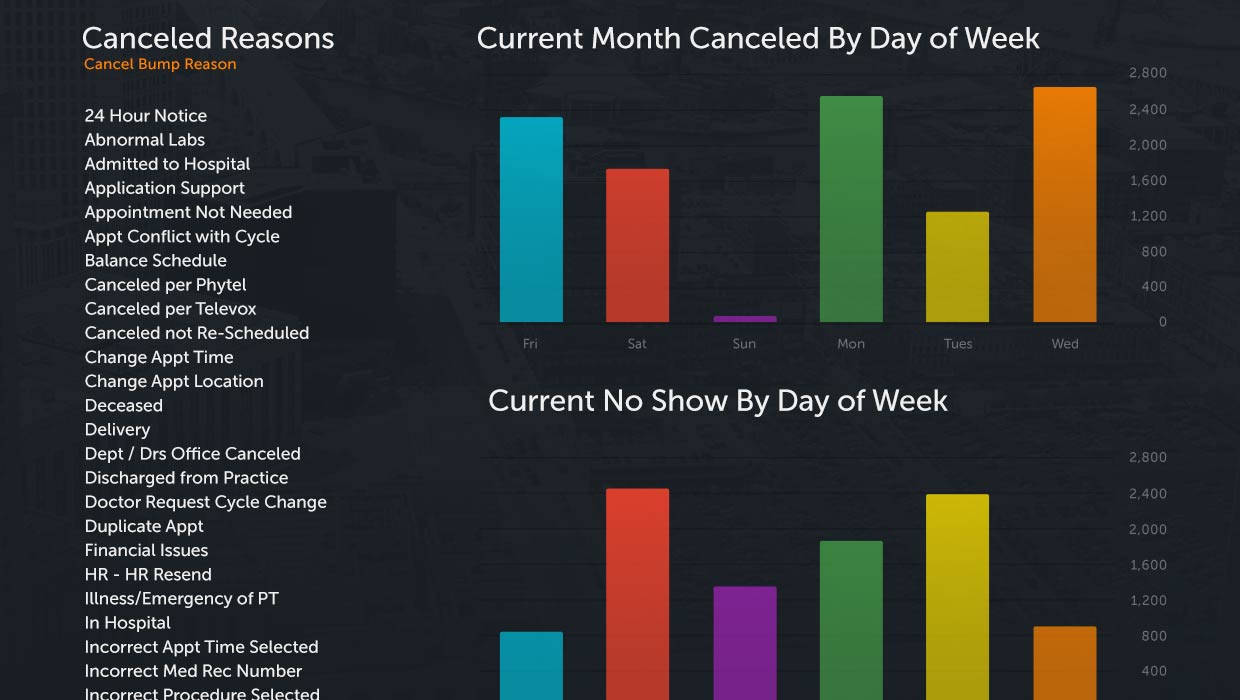
Scheduling Analytics
Advanced predictive capabilities make it easy to understand which patients are more likely to cancel, and for what reason. By understanding this, practice management staff can proactively reach out to no-shows with multiple reminders. Physicians and the enterprise both use their time more productively.
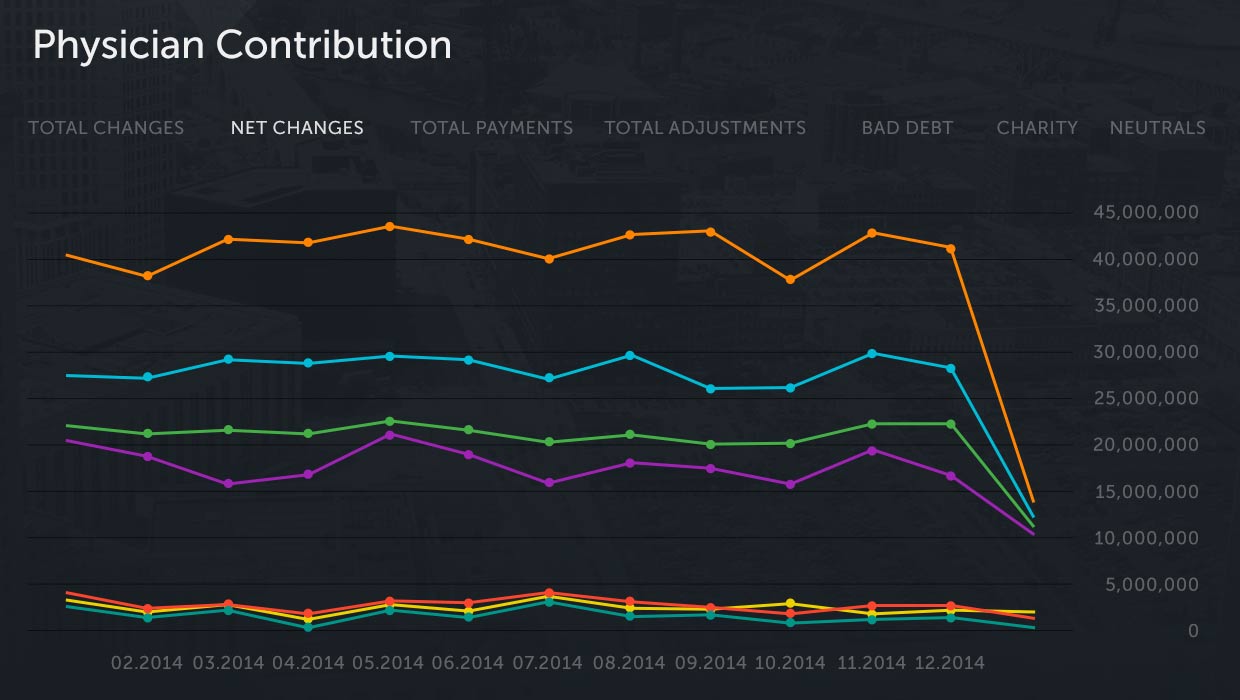
Physician Insights
No matter how large the group, management can highlight each individual physician’s performance at a glance. Looking more closely, it’s easy to monitor several important KPIs, such as Total Net Revenue, Insured Charges, Work RVUs and the like, and then drill into any of them to know even more. Additionally, built-in filters allow you to focus your analysis on key attributes such as region, a specialty, a practice, or even an individual physician or care provider.
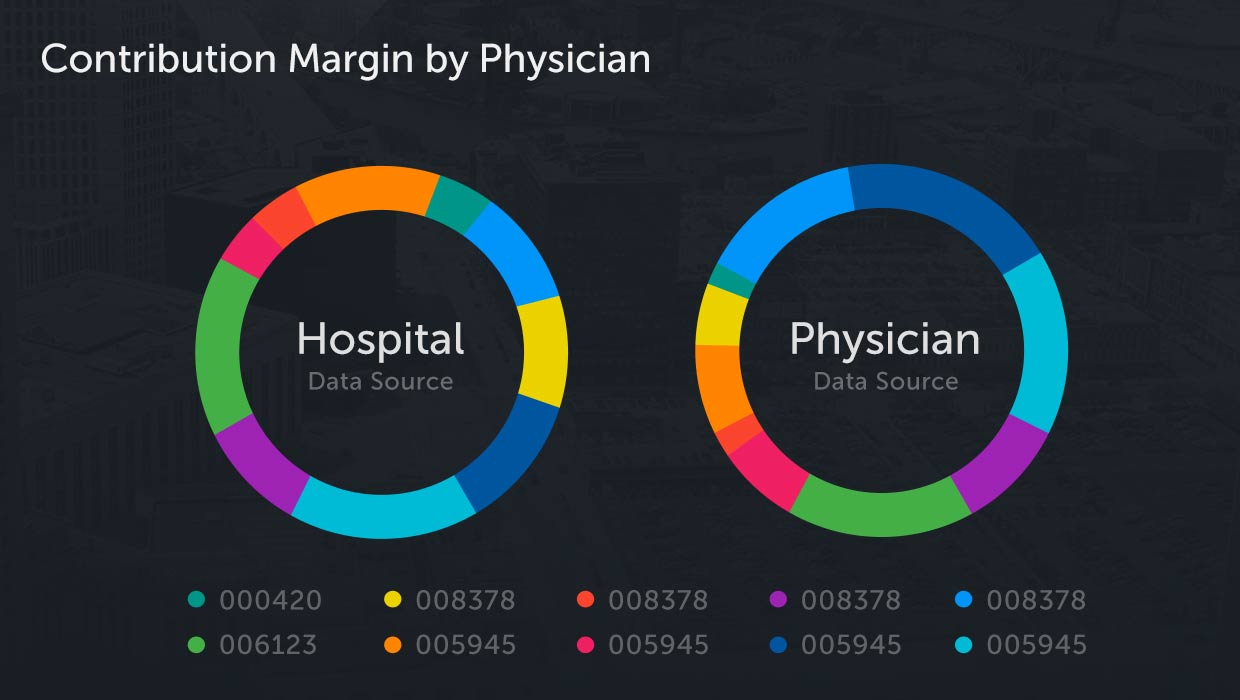
Total Contribution Metrics
Because physician performance and hospital performance are typically measured by completely different underlying HIS platforms and disparate data sets, it is often very difficult to get a holistic view of each physician’s actual contribution to the success of the enterprise. But with this solution, this vital information is now easily available. The physician’s professional charges can be matched to the same patient’s hospital/facility data in a combined, side-by-side view to show the whole picture.
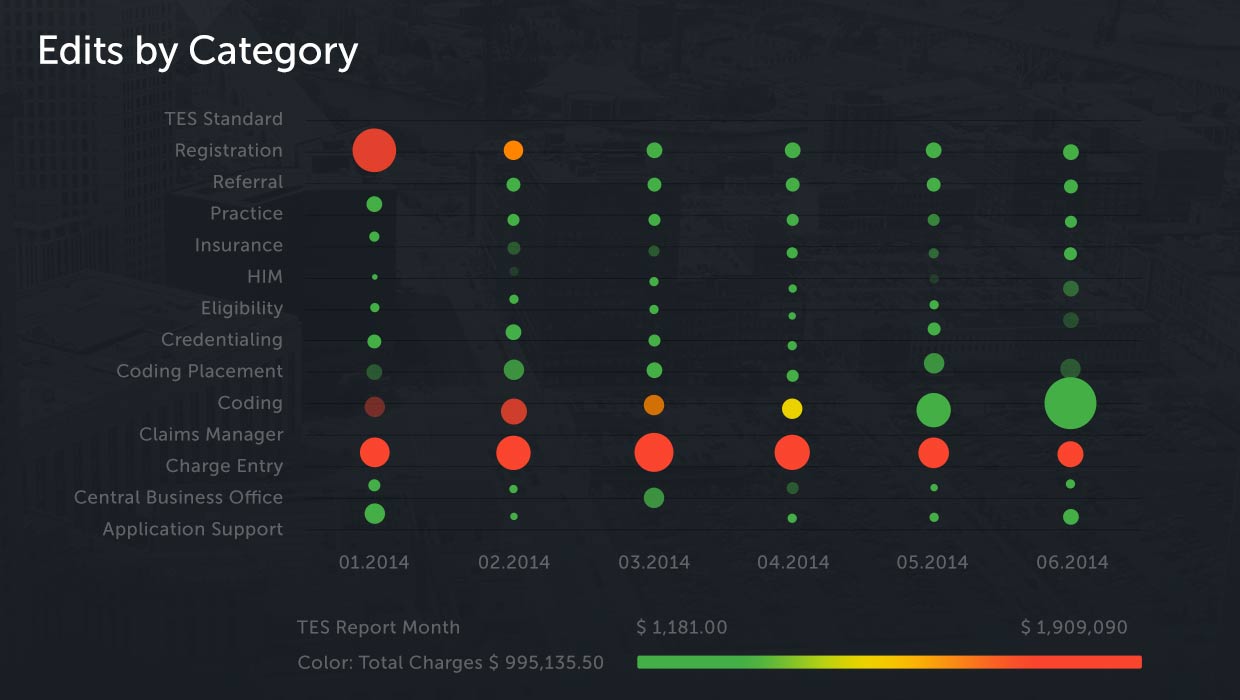
Claim Edit Analytics
Too many issues with claims are created long before the physician submits the bill. When screened by a business rules engine, many of these issues can be resolved upstream in the revenue cycle, instead of turning into time-consuming, costly denials. By aggressively fixing errors at the source, a great deal of unnecessary effort is eliminated leading to cleaner claims and faster A/R resolution.
© 2025 VisiQuate, Inc. All Rights Reserved.




